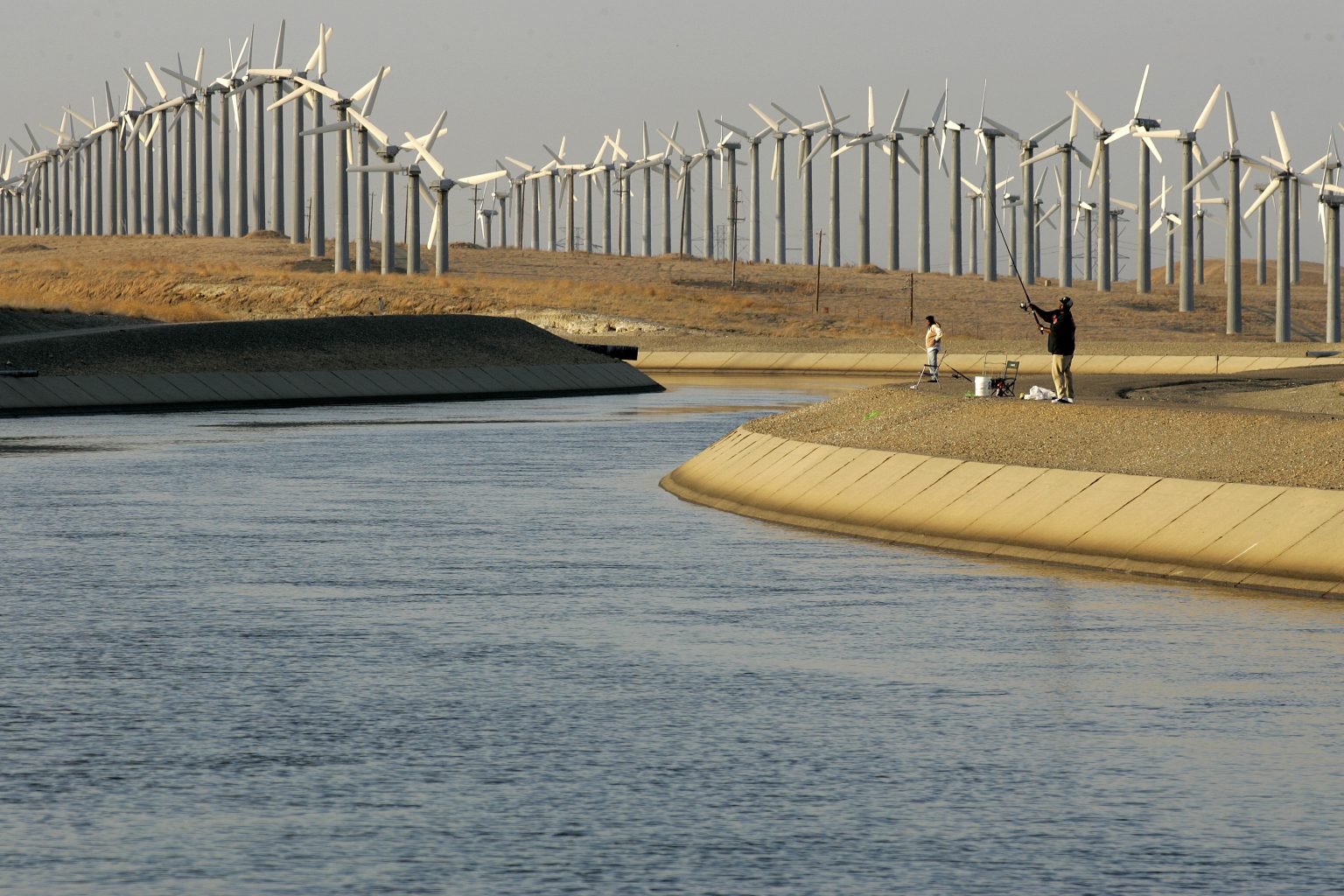A recent report published by California’s Department of Water Resources states that the State Water Project (SWP) faces a growing water crisis due to climate change, with projected reductions in water supplies by as much as 23 percent in the next 20 years. This decline in supplies could impact nearly 500,000 acre-feet of water annually, equivalent to the needs of over 1.7 million homes. The director of the DWR emphasized the importance of updating infrastructure to capture water during wetter periods and ensure the delivery of water to the state’s growing population. The SWP serves more than 27 million Californians and 750,000 acres of farmland by transporting water from northern to southern California.
The SWP, consisting of canals, dams, reservoirs, and pumping plants, was built in the 1960s to address the water needs of California’s rapidly expanding population. However, the system is now facing challenges due to a changing climate, which is projected to increase the variability, frequency, and magnitude of floods and droughts. With more precipitation expected to fall as rain instead of snow, storing water in reservoirs will become more challenging, leading to potential infrastructure issues. The report also highlights the impact of sea-level rise on water supplies, as saltier water intrusion into the delta will require increased outflows to maintain salinity levels.
Population growth and water demand are further exacerbating the water crisis in California, with the state’s population expected to exceed 43 million by 2030. A Climate Adaptation Plan is being developed by the SWP to address these challenges and identify strategies for increased water storage capacity. Projects like the Sites Reservoir, estimated at $4 billion, and a proposed water tunnel beneath the Sacramento-San Joaquin River Delta are being pursued to enhance water storage capabilities and improve the resilience of the SWP to changing climate conditions.
Experts warn that California’s water crisis could worsen unless action is taken to address the increasing demand for water, particularly in agriculture, which consumes the bulk of the state’s water resources. Evapotranspiration rates have risen significantly in agricultural areas, posing a threat to water sustainability. Climate extremes are also expected to worsen, with projections suggesting more frequent and severe droughts in the coming decades. Suggestions for addressing the crisis include repurposing croplands for less water-intensive uses, replenishing local aquifers with surface water, and implementing multi-benefit projects to ensure water security for disadvantaged communities and support groundwater sustainability.
Creating new dams is seen as an unsustainable solution due to existing infrastructure limitations and higher costs associated with building new ones. Instead, experts recommend storing water in underground aquifers as a more equitable and efficient way to meet local water needs and combat water insecurity. By focusing on sustainable water management practices, such as groundwater recharge and habitat restoration, California can mitigate the impacts of a shrinking water supply and adapt to the challenges posed by climate change. Governor Gavin Newsom’s initiatives to invest in water infrastructure upgrades and storage projects reflect a broader effort to safeguard the state’s water resources for future generations.


